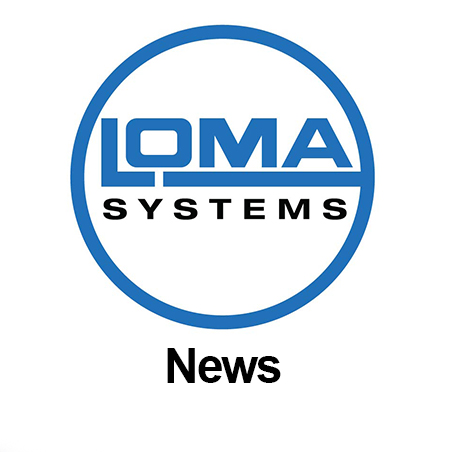Loma Highlight Importance of X-ray inspection for an effective critical control point
14 Jul 2015

Following the release of BRC Global Standards V7, we look at the growing interest in using X-ray inspection technology as the preferred route for contaminant detection.
Tony Bryant, UK Sales Director at Loma Systems says: “There are certain food applications where only X-ray inspection technology will give the required contaminant detection levels. Loma offers both metal detectors and X-ray units but with the latest BRC standard and retailers’ Codes of Practice recommending the increasing use of X-ray inspection in the food industry, the equipment we recommend relates to what manufacturers and processors might expect from an external retailer audit.”
As official partner of the BRC Global Standards organisation, Loma is also offering comprehensive advice and expertise to support the 22,000 BRC certificated food manufacturers and processors across 123 countries needing to review their inspection equipment in preparation for audits against issue 7.
Tony continues: “Manufacturers of foil packaged ready meals, for example, must have a CCP inspection system positioned at the end of each production line. Using a ferrous-in-foil metal detector will provide limited protection as it is only able to identify ferrous metals to levels of between 2 - 5mm. Most equipment used in a food plant is produced from stainless steel and some non-ferrous metals but these will not be detected when using a ferrous only detector. This leaves a worrying and potentially damaging gap in Hazard Analysis and Critical Control Point (HACCP) procedures.
Tony continues: “Using X-ray detection systems to inspect foil trays, as well as plastic containers if used on the same line, will significantly strengthen CCP, ensuring optimum quality control and food safety. An X-ray machine will typically find ferrous, non-ferrous and stainless steel contaminants at levels between 1 - 2.5mm. No metal detector in the world could offer anything close to this and given that 98% of a food factory is stainless steel, an X-ray system is very important for due diligence.
“Metal detectors are still used by the majority of food processors across the world. However, there are benefits in choosing X-ray machinery such as more reliable and accurate detection of metals and foreign bodies such as bone, glass and other dense materials that can sometimes be an issue for food producers,” he concludes.
BRC Global Standard for Food Safety is a single, internationally recognised food safety management system and issue 7 includes a number of recommendations for further improvements to quality management programmes. Loma recently responded to the growing demand for a more cost effective yet highly functional X-ray system with the launch of the revolutionary new X5c (Compact) model. Adhering to the company’s ‘Designed to Survive’ ethos whilst reducing the cost of ownership of X-ray inspection technology by an industry-beating 30%, this affordable new machine is aimed at food manufacturers running multi-product, retail ready lines keen to make the switch to X-ray technology for the first time.
As with all Loma’s products, customers benefit from a high level of before and after sales service and receive a tailor made solution to their inspection requirements.
